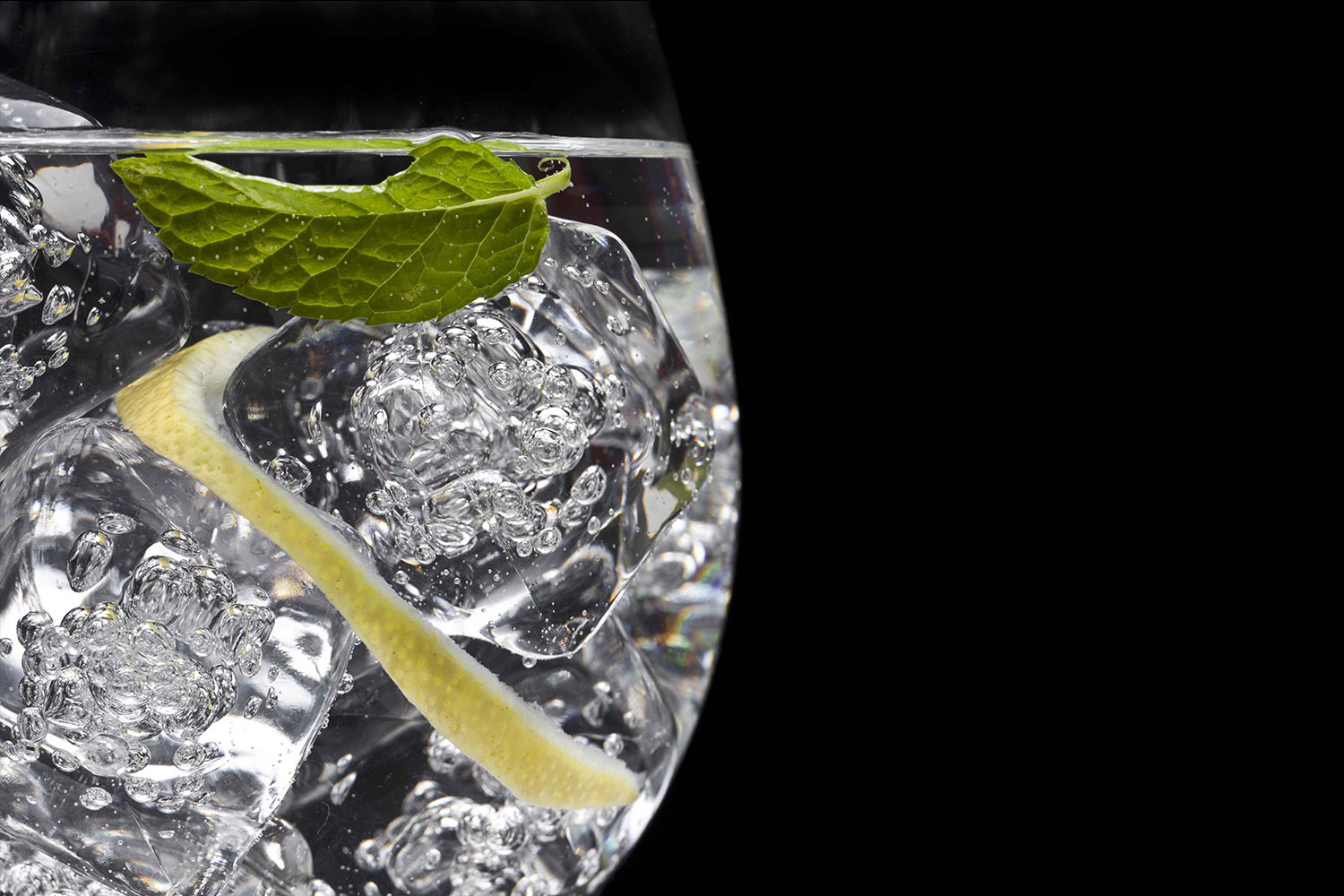The Classic Gin and Tonic
Gin and tonic were first introduced to one another in the 18th century, and as with all mixed drinks, its makeup is very much down to preference.
The most popular recipe is usually one part gin to three parts tonic, poured over ice and garnished with lime wedges. For those who like to taste the subtle flavours of Tanqueray London Dry Gin may mix it one to one. As a garnish, lemon is more frequently used than lime, whatever your preference, the principle remains the same: a delicious gin cocktail that has stood the test of time.
The History of Gin and Tonic
Gin and tonic is synonymous with British culture, and a variety of gin cocktails are now enjoyed worldwide by many people.
Most often used as part of a Gin and Tonic or a Martini, gin is a spirit with a predominant taste of juniper berries. The unique juniper flavouring accounts for its sharp crispness and refreshing attributes.
The Origin of Gin
The origin of gin likely dates back to liquors produced back in the Middle Ages, with references to a spirit flavoured with “genever” referenced 13th Century Flemish manuscripts. By the 1600s, hundreds of distilleries had been opened in the city of Amsterdam alone.
There are types of gin with London Dry Gin being the most popular. Whilst Juniper must be the leading flavour, other botanicals can be used to make gin – these often include anise, saffron, liquorice, orris root, cinnamon and cassia bark. The word ‘gin’ may derive from either the Dutch “jenever” or the French “genièvre” – both of which translate as “juniper”.
How is Gin Made?
Gin can be made with any neutral spirit, so production techniques can vary depending on the distiller. It is the flavouring of the spirit which determines the difference in how gin tastes.
The two principal gin styles are Distilled Gin and Compound Gin. Distilled Gin is created by re-distilling the neutral spirit with botanicals, whereas compound gin is made by simply steeping spirit in botanicals without re-distillation.
Another variants involve distilling gin through a tray, or a basket of botanicals.
Increasingly, cask-aged gins are also available.








